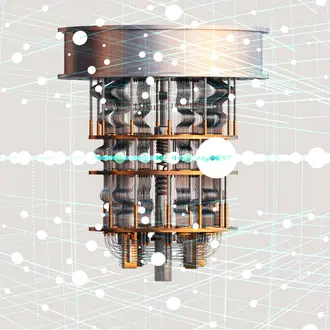Credit: Unsplash / Eternal Seconds
In the fall of 2015, Starbucks unveiled its most disruptive innovation since the Pumpkin Spice Latte: Mobile Order & Pay.
The app allowed customers to order and pay for their drinks ahead of time, thereby skipping the line at their local shop. But as more customers added the app to their phones, the coffee juggernaut soon found out the hard way how not to introduce a new technology into the workplace.
“The problem is that if you're not using Mobile Order & Pay, it used to be you walked into a Starbucks, there were four people ahead of you in line, and [you’d know] how long it's going to take,” said Katie Bach, managing director at the Good Jobs Institute. “When Mobile Order & Pay came out, you walk into a Starbucks, you have no idea how many orders are ahead of you in line. That was really a problem for a lot of customers.”
Bach, who was a director of global strategy at Starbucks from 2017-2018, said the company was very public about the long lines and coffee-counter traffic jams problem caused by the popular app. What was interesting, she said during a future of work panel at EmTech MIT 2019 on the MIT campus, was that some stores were able to handle the influx of online orders.
“They just figured it out really quickly; the workers themselves, the baristas, the store managers,” Bach said. “For me the biggest takeaway there is when you're designing technology that changes the work, you have to involve the people doing the work. This is true at all levels.”
The company eventually added a tablet-based order management system for workers and adjusted pick-up counters to help manage mobile orders. Earlier this month CEO Kevin Johnson announced the development of a special “express” store in New York City dedicated solely to handling pick-up orders.
Bach said there’s huge potential when it comes to deploying new technology amid workers, but that also means leaders have to re-do the workflow and processes. “That is the unlock for good jobs: You look at the work, and you change the work to enable greater productivity,” Bach said. “Unfortunately, a lot of the technology being rolled out that impacts these jobs isn't very well-connected with the realities of doing that work day in and day out.”
How can leaders stay connected to reality?
Bach advised that when it comes to designing technology that’s going to impact workers, designers should take their experience into account just as much as the high-end product designers are considering customer experience.
“The best answers usually come from the people doing the work,” she said.



